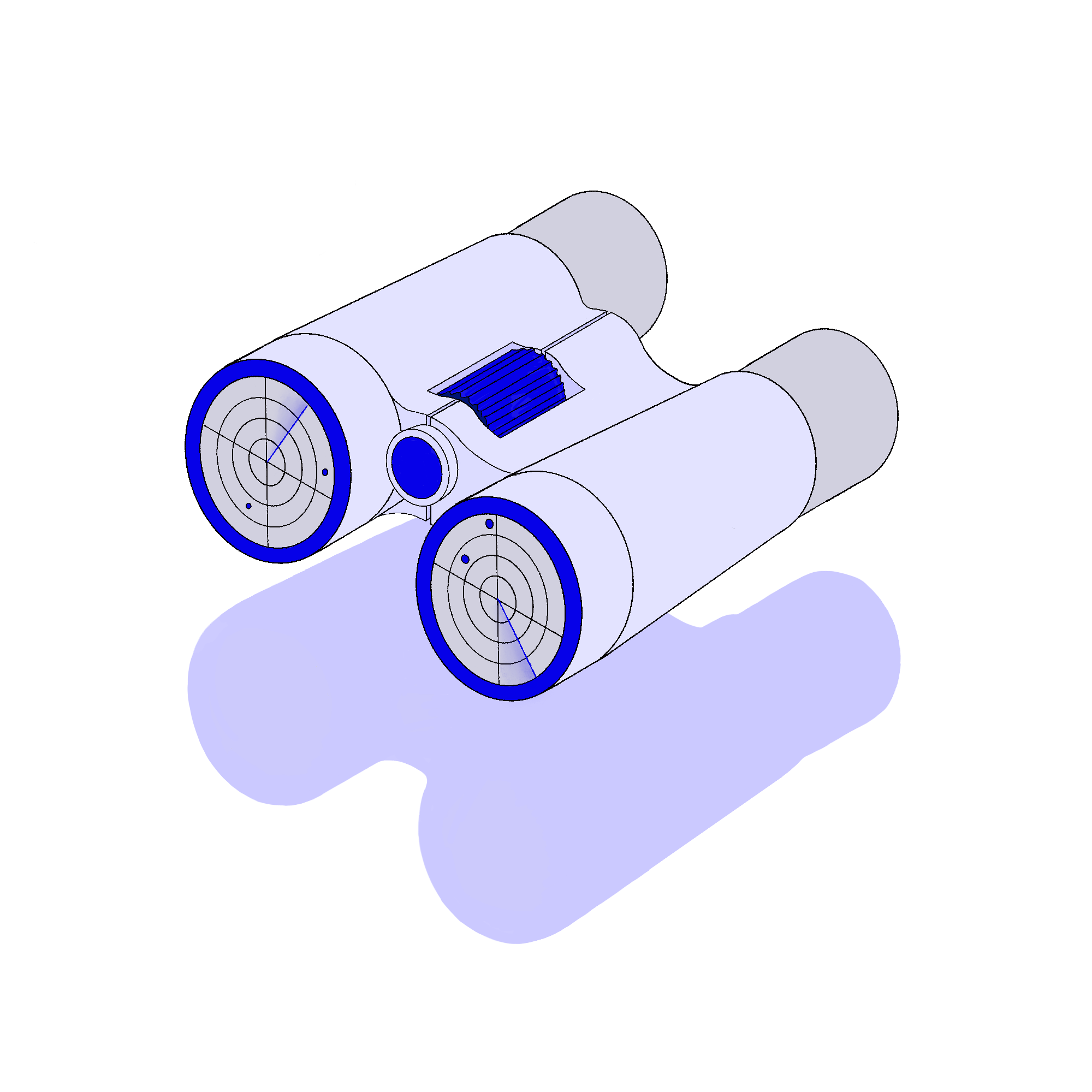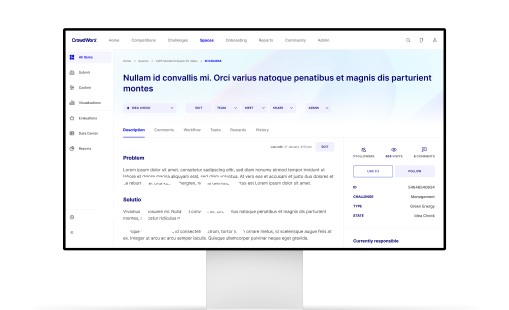In today’s fast-moving business environment, the difference between market leaders and laggards often comes down to one critical capability: spotting opportunities before competitors do. While most organizations react to obvious trends, the smartest companies have mastered the art of detecting weak signals – those subtle early indicators that reveal where markets are heading next.
According to McKinsey research, companies that excel at trend forecasting achieve 2.4 times higher revenue growth than their peers. Yet despite this clear advantage, most businesses struggle to identify meaningful signals in the noise of daily information overload.
This disconnect represents both a challenge and an opportunity. Organizations that develop systematic approaches to weak signal detection can build sustainable competitive advantages, while those that don’t risk being blindsided by market shifts they should have seen coming.
What Are Weak Signals and Why They Transform Business Strategy
The concept of weak signals was first introduced by strategic planning pioneer Igor Ansoff in 1975. He defined them as early warning signs of meaningful change – subtle indicators that appear before trends become obvious to mainstream markets.
Unlike traditional market data that shows what’s already happening, weak signals reveal what might happen next. They emerge as fragments of information that most people dismiss as irrelevant noise, but they contain valuable clues about future market directions.
At Crowdworx, we make it easier for companies to turn early signals into concrete strategies. Our Trend & Technology Database, updated weekly with tens of thousands of global trends and technologies, helps teams discover what’s emerging. They can search, filter, and evaluate these signals to identify those most relevant for their company. These insights can then be visualized in interactive Trend Radars, tailored for different stakeholders or business areas. The views can be fully customizable, e.g. the closer a trend appears to the center, the more urgent it is for your organization — allowing you to focus on what truly matters and take timely action.
The Characteristics That Make Signals “Weak”
Effective weak signals share several distinctive features:
Early and subtle emergence: They appear at the fringes of mainstream awareness, often originating from niche communities, research labs, or emerging markets before spreading to broader audiences.
High noise-to-signal ratio: Weak signals hide within vast amounts of irrelevant information, making them difficult to identify without systematic scanning approaches.
Pioneer adoption: Early adopters and industry mavericks typically discover these signals before established experts recognize their significance.
Fragmented information: Rather than appearing as complete trends, weak signals show up as scattered pieces of information that require connecting to reveal their full implications.
Why Early Detection Creates Competitive Advantage
Organizations that master weak signal detection gain several strategic advantages:
Proactive positioning: Instead of reacting to market changes after they occur, these companies can position themselves ahead of shifts, capturing first-mover advantages in emerging opportunities.
Enhanced innovation capabilities: Early awareness of technological, social, and economic developments enables more informed innovation decisions and better resource allocation.
Risk mitigation: Identifying potential disruptions before they gain momentum allows companies to adapt their strategies, protecting existing revenue streams while building new ones.
Strategic timing: Understanding signal evolution helps organizations time their market entries, partnerships, and investments for maximum impact.
Research from the Corporate Foresight Initiative shows that companies with formal weak signal scanning processes are 33% more likely to achieve above-average financial performance compared to their peers.
Building Your Signal Detection System
Creating an effective weak signal detection capability requires more than occasional trend watching. It demands systematic processes that consistently identify, evaluate, and act on emerging indicators before they become obvious to competitors.
Step 1: Establish Systematic Scanning Routines
Effective signal detection starts with disciplined information gathering. Set up regular scanning schedules – 15-30 minute daily sessions for current developments and 2-4 hour weekly deep dives for broader pattern recognition.
Focus your scanning on the edges of your industry and beyond. The most valuable signals often emerge from adjacent markets, academic research, regulatory discussions, or subculture movements that eventually influence mainstream business.
Key scanning principles:
- Monitor what early adopters and industry pioneers are experimenting with
- Challenge existing assumptions by asking “What if the opposite were true?”
- Look for unexpected connections between seemingly unrelated developments
- Pay attention to regulatory changes and policy discussions that could reshape markets
Step 2: Diversify Your Information Sources
Relying on traditional industry publications creates blind spots. Build a diverse information ecosystem that includes:
Traditional business sources: Industry reports, competitor analysis, market research, and mainstream business publications provide baseline context.
Alternative perspectives: Fringe publications, academic research, patent filings, and startup communities often reveal emerging technologies and business models before they hit mainstream awareness.
Cross-industry insights: Developments in adjacent industries frequently signal opportunities or threats for your sector. Monitor technology breakthroughs, regulatory changes, and consumer behavior shifts across multiple domains.
Global viewpoints: Regional innovations and market developments can spread internationally. Monitor emerging market trends, regulatory experiments, and cultural shifts that might influence broader markets.
Companies that actively scan at least five different source categories identify potential disruptions 18 months earlier on average than those relying on fewer information streams.
Step 3: Implement Signal Qualification Frameworks
Not every unusual development deserves strategic attention. Establish clear criteria to separate meaningful signals from background noise:
Novelty assessment: Is this genuinely new or simply a variation of existing trends? Focus on developments that represent genuine departures from current patterns.
Relevance evaluation: Could this development impact your organization’s strategic objectives, competitive position, or operational environment?
Credibility check: Does the signal have factual foundation and credible sources, even if it comes from fringe communities?
Momentum indicators: Are multiple independent sources reporting similar developments? Is there evidence of growing interest or investment?
Impact potential: Could this signal evolve into something that significantly affects your industry, customer behavior, or business model?
Document all qualified signals in standardized formats that capture source information, context, potential implications, and initial assessments. This documentation becomes invaluable for pattern recognition over time.
From Detection to Strategic Action
The ultimate value of weak signal detection lies not in identifying trends but in acting on them effectively. This requires systematic processes that transform early insights into competitive advantages.
Signal Clustering and Pattern Recognition
Individual signals rarely provide complete strategic pictures. The real value emerges when you identify connections between related signals that point toward larger patterns.
Group signals by:
- Thematic relationships: Technology developments, regulatory changes, consumer behavior shifts
- Organizational impact: Signals affecting different business units, functions, or strategic priorities
- Temporal sequences: Developments that might influence each other over time
- Cause-and-effect relationships: How signals might amplify or dampen each other’s effects
Use visualization tools like affinity diagrams or network maps to reveal hidden connections between seemingly unrelated signals. These pattern-recognition exercises often uncover emerging trends that aren’t visible when examining signals individually.
Scenario Development and Strategic Planning
Transform signal clusters into actionable strategic scenarios. For each major pattern, develop 3-4 possible future scenarios that explore different ways the signals might evolve.
Effective scenarios include:
- Clear narrative descriptions of how current signals might develop
- Key driving forces and potential catalysts
- Rough timelines and milestone indicators
- Implications for your industry and organization
- Strategic response options for each scenario
Keep scenarios flexible and updateable as new signals emerge. The goal isn’t prediction but preparation – building organizational readiness for multiple possible futures.
Measuring Success
Effective weak signal systems improve over time through structured learning and refinement. Track both the accuracy of your signal identification and the effectiveness of your strategic responses.
Key performance indicators:
- Signal detection lead time compared to competitors
- Percentage of identified signals that become significant trends
- Strategic response effectiveness across different scenario outcomes
- Organizational learning and capability development over time
Regular retrospective analysis helps identify patterns in successful signal detection and response, enabling continuous system refinement and improved strategic outcomes.
Your Next Steps: Building Signal Detection Capability
Mastering weak signal detection represents one of the most valuable yet underutilized capabilities in modern business strategy. While most organizations remain trapped in reactive cycles, those that develop systematic signal detection capabilities position themselves to anticipate and capitalize on market changes before competitors recognize them.
The future belongs to organizations that see change coming and position themselves accordingly. In our rapidly evolving business environment, weak signal detection isn’t just a useful skill – it’s becoming essential for long-term competitive success.

